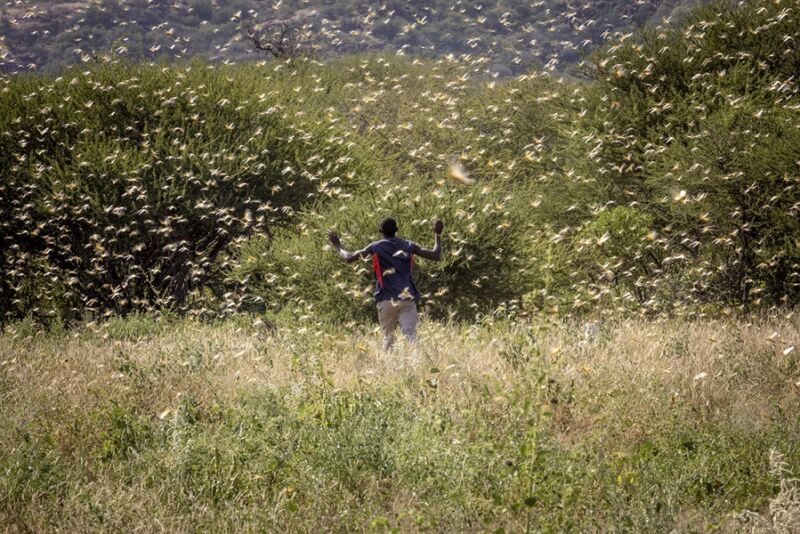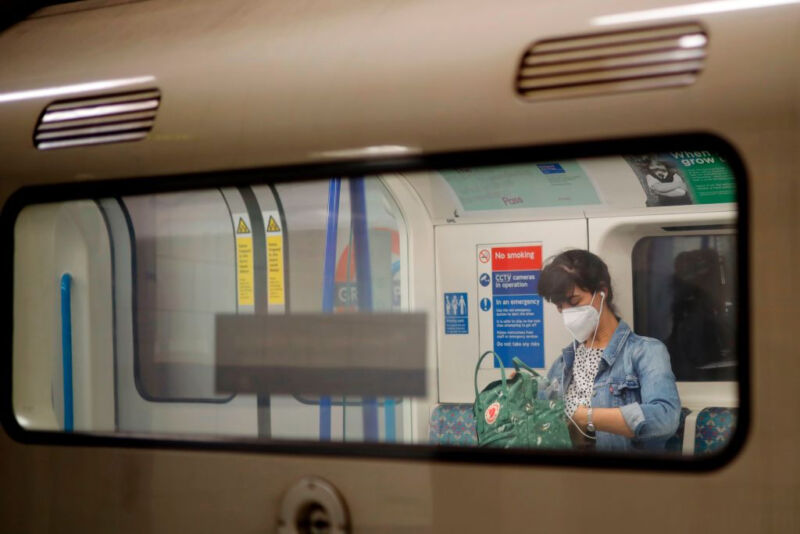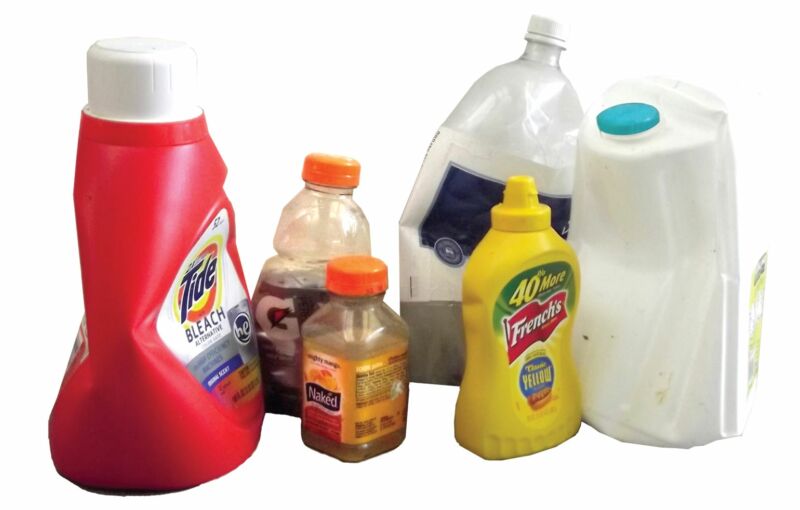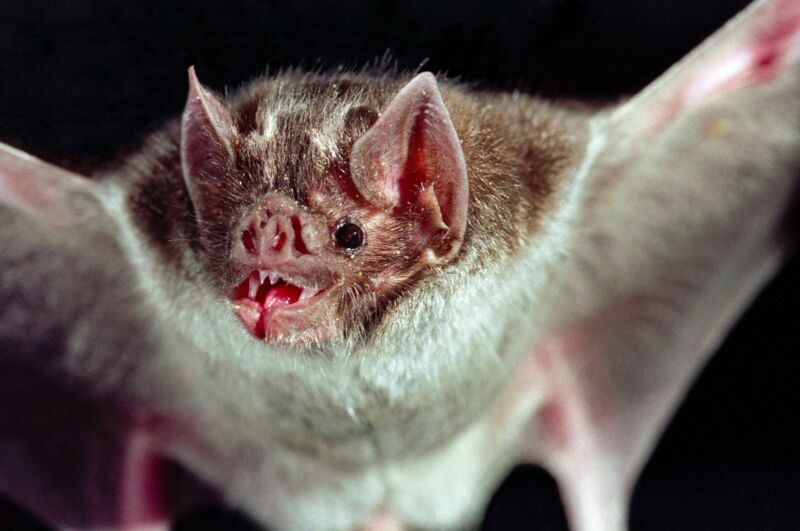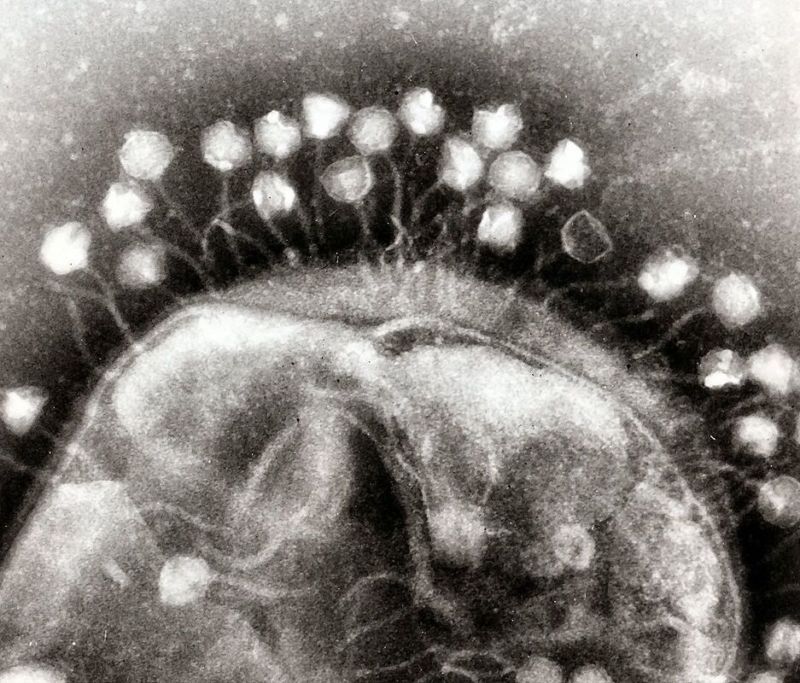-
 chevron_right
chevron_right
Study confirms that painting eyes on cow butts helps ward off predators
Jennifer Ouellette · news.movim.eu / ArsTechnica · Tuesday, 18 August, 2020 - 12:43 · 1 minute
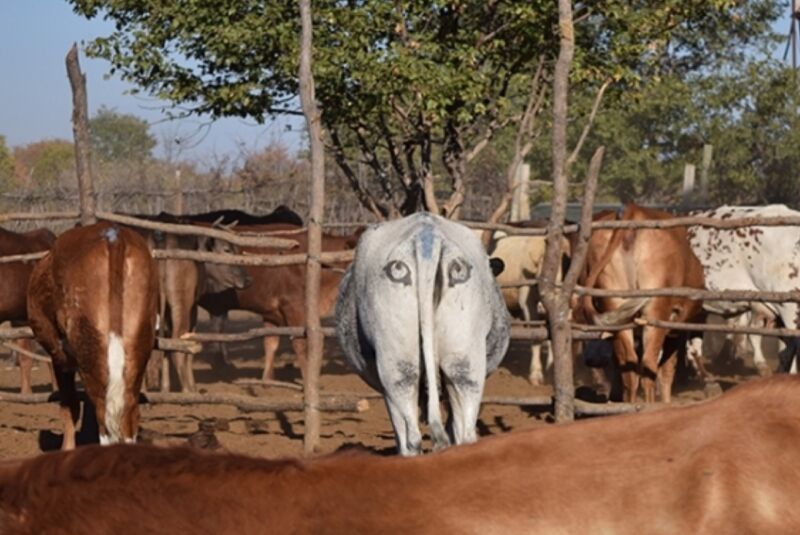
Enlarge / Eyes painted on cattle rumps trick lions into thinking they have lost the element of surprise, a new study suggests. (credit: Ben Yexley )
Cattle herds in the Okavango delta region in Botswana are plagued by attacks by lions and other predators, prompting farmers to retaliate by killing the predators. An alternative nonlethal technique involves painting eyes on the butts of cattle to trick ambush predators like lions into thinking they've been spotted by their intended prey. It's called the " Eye-Cow Project ," and a recent paper published in the journal Communications Biology provides some solid empirical evidence for the practice. There are now practical guides for using the "eye-cow" technique available in both English and Setswana, so farmers can try it out for themselves.
Neil Jordan, a conservation biologist at the University of New South Wales in Australia, came up with the idea several years ago while he was doing field work in Botswana. Local farmers killed a pair of lionesses in retaliation for preying on their herds of cattle, and Jordan wanted to come up with a non-lethal alternative. The African lion population has dropped significantly from more than 100,000 in the 1990s to somewhere between 23,000 and 39,000 in 2016—much of it due to retaliation killings.
Jordan knew that butterfly wings sporting eye-like patterns are known to ward off preying birds, and are also found in certain fish, mollusks, amphibians and birds, although such patterns had not been observed in mammals. He also discovered that woodcutters in Indian forests have been known to wear masks on the backs of their heads to discourage any tigers hunting for prey. He had observed a lion stalking an impala, and noticed the predator gave up the chase when the prey spotted it. Lions are ambush hunters, Jordan reasoned, and decided to test his "detection hypothesis" that painting eyes on the butts of cows would discourage predatory behavior from the local lion population.

